For your information
You are being redirected to one of our divisional subsites which contains more detailed information on the required division. To navigate back to the main Invicta Group site, please click the link found in the footer at the bottom of the page.
- Durasteel
Discover the benefits of Durasteel
- Systems
Systems
- Expertise
Expertise
-
Applications
- Aircraft Hangar Fire Protection
- Battery Storage Facilities
- Building Fire Compartmentation
- Anti-Terrorist Blast Protection
- Cable Tunnel Fire Compartmentation
- Equipment Delivery Hatches
- Equipment Enclosures
- Heat Shields
- Power Station Fire Protection
- Metro and Rail Fire Protection
- High Voltage Cable Protection
- Substation Fire & Blast Protection
- Tunnel Fire Protection
- Oil & Gas Fire & Blast Protection
- Ventilation Systems
- Wind Farm Fire Protection
-
Applications
- Projects
- Insights
Insights
-
Articles
- The benefits of passive fire protection for businesses
- What BS 9991 changes mean for building fire safety
- Does the rise in electric vehicle fires pose a risk to buildings?
- What Boeing’s downfall says about safety culture
- Does AI pose a threat to fire safety?
- What we can learn from the Grenfell report
- Frequently Asked Questions
- A to Z of Terms
-
Articles
- Contact
Contact

UK +44 1843 220 256

US +1 305 328 9444

UAE +971 4 277 6225

Qatar +974 4441 4340

India +91 79945 14049

Malaysia +60 16 286 6225
- Start your project
How the Creeslough Explosion Affects Service Station Safety
18th November 2022
Quick Quote
Contact Fraser Shearer Sarun Vysakham Ben Tan Anand Raghavan Anand Raghavan Our USA Office
To get a quotation or arrange a free site survey - Call Fraser Shearer Sarun Vysakham Ben Tan Anand Raghavan Anand Raghavan Our USA Office on
-
 UK
UK
-
 UAE
UAE
-
 Malaysia
Malaysia
-
 India
India
-
 Qatar
Qatar
-
 USA
USA
Current location:
Quick Quote
Contact Fraser Shearer Sarun Vysakham Ben Tan Anand Raghavan Anand Raghavan Our USA Office
-
 UK
UK
-
 UAE
UAE
-
 Malaysia
Malaysia
-
 India
India
-
 Qatar
Qatar
-
 USA
USA
Current location:
A terrible disaster struck a sleepy village in rural Ireland recently, drawing an emergency response from both sides of the border. An explosion in a small retail and residential complex in Creeslough – including a busy service station – tore through a series of shops and apartments, killing 10 people and leaving a further eight hospitalised.
Information is scant at the moment, and the local community is unlikely to recover for some time. The information we do have however poses an obvious question. Given the potential fire and explosion risks posed by service stations, what is the current legislation around service station safety – and should houses and shops be allowed so close to such risks?
A tragic accident
The explosion occurred at around 3:20pm at a petrol station in Creeslough, Co Donegal, Ireland. As well as seriously damaging the petrol station forecourt, the explosion partially collapsed the building behind the forecourt, which comprised a series of apartments above small retail premises, including a convenience store and a hair salon. Around 30 people were believed to have been in the complex at the time, 10 of whom died at the scene.
Early video evidence collected by the Gardaí (Irish police) suggests that the explosion may have originated from one of the apartments, with the windows seen being blown out prior to the collapse of the building and damage to the forecourt. This would seem to indicate a gas explosion, which perhaps then ignited the fuel vapours in and around the service station, causing the extent of the final damage to the site.
The emergency response to the disaster comprised crews from both Ireland and Northern Ireland, including fire crews, ambulances and air ambulances. The village, normally a bustling stop on a popular tourist trail, shut down in the wake of the disaster. Local hotels stopped taking bookings in order to house first responders, while several mass services were held in the following days to pay tribute to the victims.
Fire safety laws in Ireland
Removing ourselves from the human aspect of this horrible tragedy, a number of questions immediately come to mind. When we think of service stations, most are relatively isolated and set aside from other buildings, sitting on motorways or A-roads. However, a majority do also incorporate some kind of convenience store. So what exactly are the rules on service station fire and blast safety, both in Ireland and the UK?
Most industries which have some kind of unique fire safety requirements have their own corresponding fire safety laws. For service stations in Ireland, these are the Dangerous Substances (Flammable Liquids and Fuels Retail Stores) Regulations 2019. The regulations were actually signed into law in 2020, with fuel retailers who were not covered by the previous law being required to show compliance with the new law by April 2021.
The general requirements for a retail store under the legislation are:
- Must have a licence granted by the appropriate licensing authority;
- A risk assessment must be submitted, comprising the following steps:
- Identify hazards relating to flammable liquids and fuels, and assess the risks presented by those hazards;
- Identify measures to reduce the risk of injury as much as possible, and outline how these can be implemented;
- Evaluate whether these measures have been implemented successfully;
- Evaluate procedures for offloading and dispensing fuels, and whether these minimise the risk of injury;
- Propose an implementation plan for any action needed to reduce risks to the lowest possible level.
- The Regulations and conditions of the licence must be followed;
- Latest industry good practice, as defined in listed publications, must be implemented “as far as is practicable at all stages in the development, operation and decommissioning” of the store;
- Every licensee must acquaint themselves with the latest industry good practice;
- Every employee must fulfil the definition of a competent person for the task they are required to perform.
As we can see from the legislation, there is no specific provision for the proximity of other buildings or facilities to a petrol station. Instead, the law delegates general safety responsibility to a risk assessment carried out by a qualified person; to the application of latest best practice; and to the approval of the local authority, as well as an initial inspection by a fire safety inspector. This combination of oversight from various sources should prevent any egregious risk factors surrounding petrol station construction and operation.
Service station blast safety
The question is this then: was it safe to have apartments and other retail outlets so close to a petrol station, and should this be considered in law? The first thing to mention is that the lack of specificity on this topic in Irish law isn’t surprising. Almost all health and safety law lacks this kind of specificity, instead relying on the judgement of qualified inspectors and risk assessors. This gives laws a level of timeliness and reactiveness to changes in best practice that they would otherwise lack.
UK health & safety law is no different: while there are laws which pertain to many specific industries, including petrol stations, the bulk of health and safety law as it applies to workplaces calls on businesses to do their utmost to ensure a safe working environment, and leaves the judgement of whether they achieved this to prosecutors, in the event that something does go wrong. Instead of codifying thousands of safety provisions, the HSE suggests actions that will help businesses to achieve compliance.
The difference between a high risk site such as this and most businesses is that it should have been subject to a mandatory inspection, as well as a decision being made by the local authority based on the plans when it was constructed. The ultimate decision as to whether the petrol station posed any threat to the surrounding buildings would have been made by the local authority in consultation with fire safety professionals. Ultimately, it seems that the judgement must have been that the measures put in place by the station operators and designers were sufficient to prevent any incident that would imperil either the station or the surrounding area.
But to what extent was the neighbouring building considered as a risk factor for the petrol station, rather than the other way around? Some might argue that there can be no accounting for an incident such as a gas explosion, and how this might snowball in the presence of the petrol station, if this is indeed what happened. Yet the prospect of a fire spreading between two extremely close buildings would not be outside the design parameters of the station. In this context, it seems fair to question whether there was a holistic strategy that took both buildings into account, and considered how a fire or explosion in one might affect the other.
Final thoughts
It’s too early to say precisely what happened in Creeslough, but it does present some potential implications for similar sites where retail or residential buildings are in close proximity to service stations, or other sites that pose a risk of fire or explosions. In all likelihood, the authorities in this case felt that the provisions in place at the service station were such that the risk posed to the flats was extremely minimal, and had been reduced as much as possible.
However, we have seen in cases such as Grenfell how individual safety measures taken to protect against fires can be undermined by an inability to consider the holistic nature of building design. In that case, a fire in one flat ultimately imperilled the entire building by virtue of the cladding, and how it nullified the fire compartmentalisation. In this case, it seems as though a gas explosion – whether through inadequate maintenance, construction or simple error – might have inhibited the safety rules that the approval of the site may have been based on.
Accreditations & Affiliations
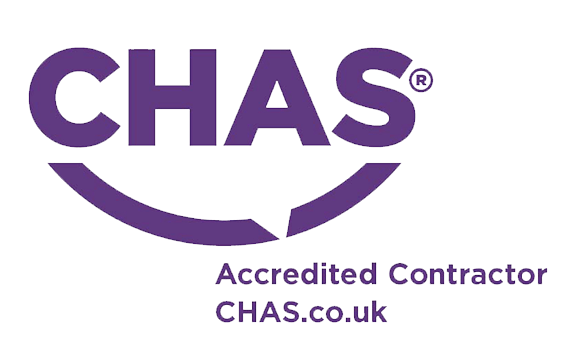






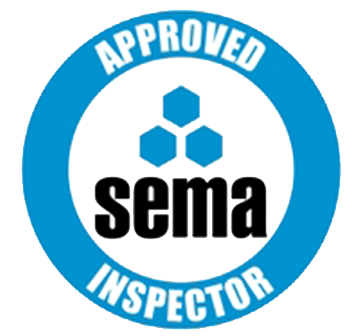



SpecUp - System Specification Wizard
Answer the 5 short questions below to receive your recommended Durasteel system specifications. Hover over the ? icons for a brief explanation.
Question 1/5
Type of system required?
Question 2/5
Fire rating required?
Question 3/5
Fire integrity-only or integrity and insulation?
Question 4/5
Fire attack risk from one side or both sides of the system?
Question 5/5
Blast rating required in addition to fire rating?
Creating your results page
Thanks for completing the SpecUp, you’ll be redirected to your results shortly.
Click here if you aren't redirected after a few secondsStart your project
Tell us about your project. Please complete this form. One of our sales team will come back to you with more details. If you prefer, you can drop us an email.
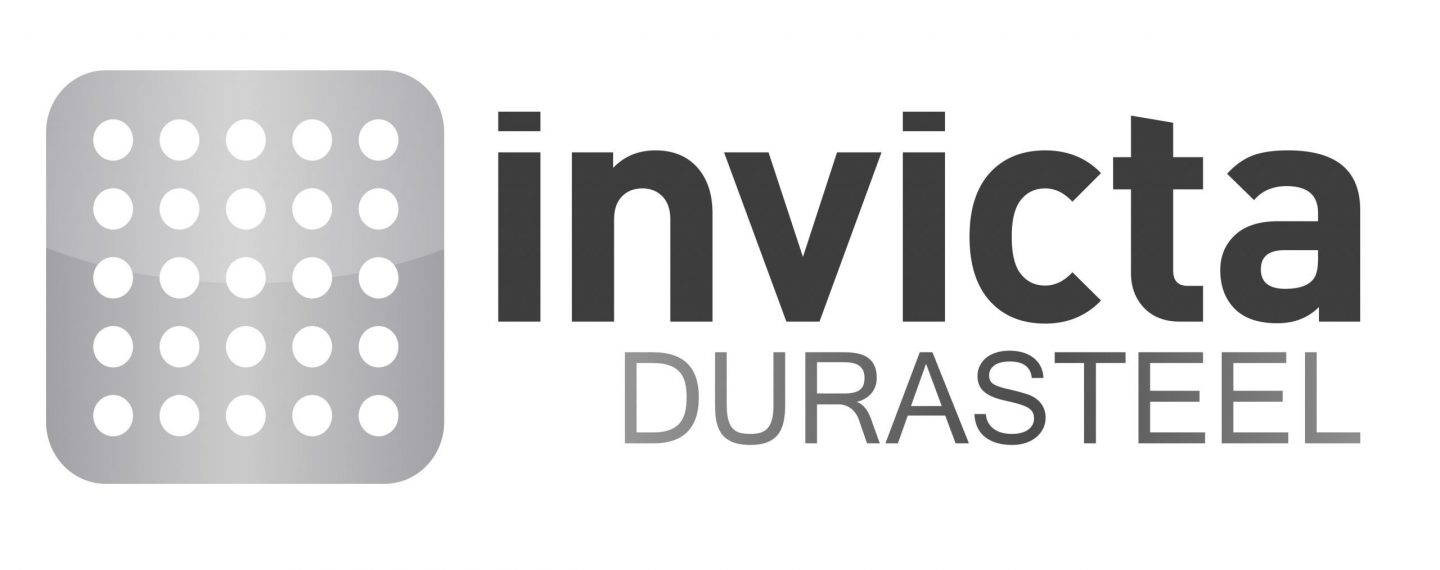

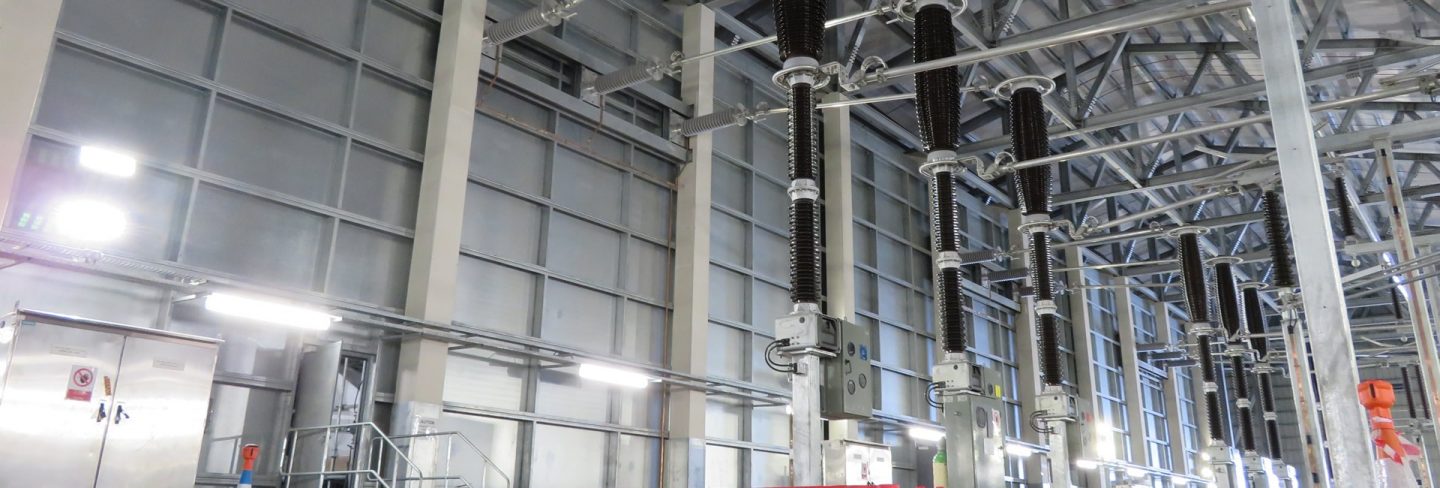
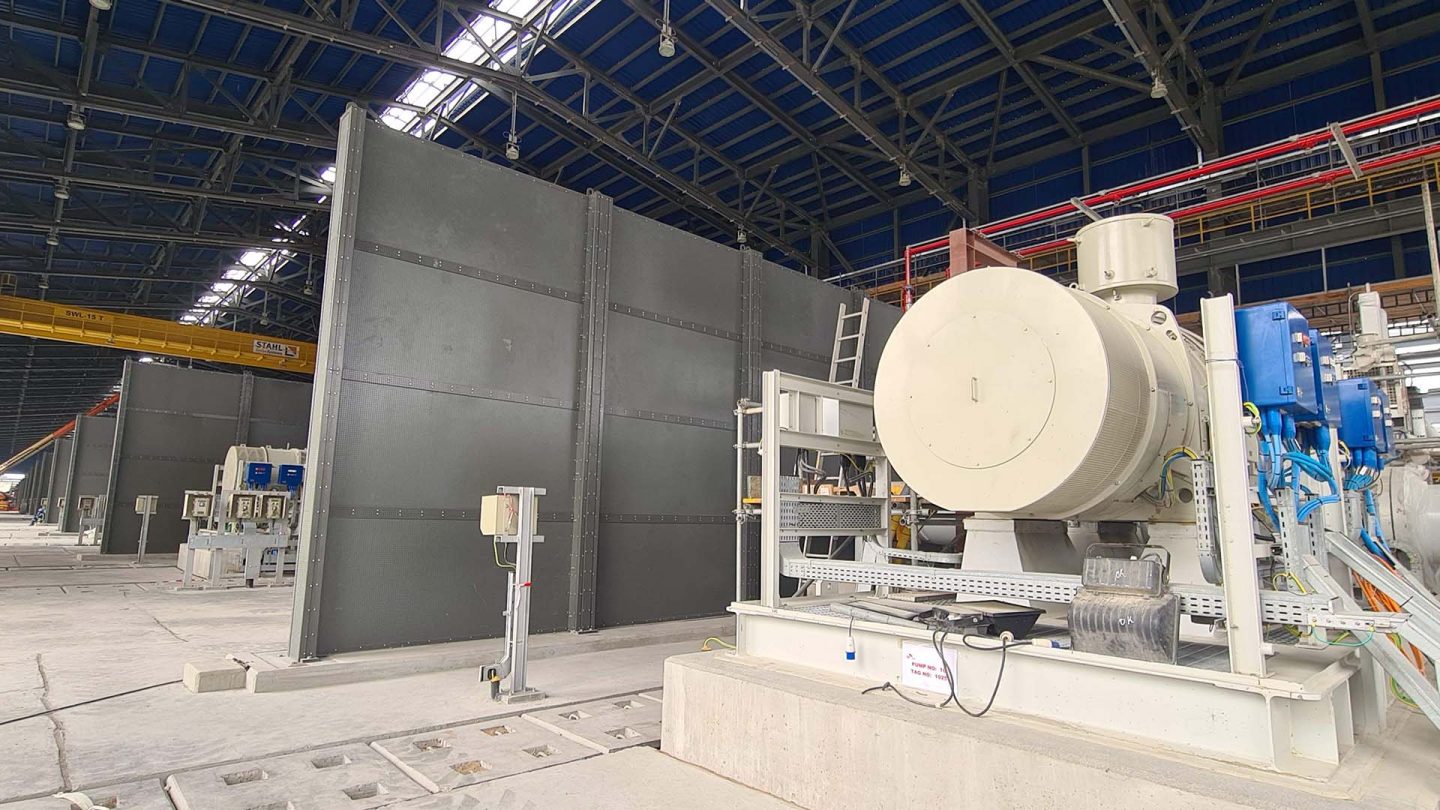
Share/Like this page